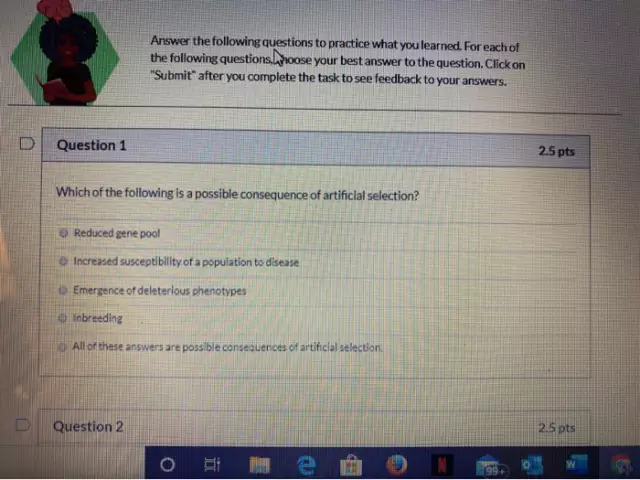- Author Rachel Wainwright [email protected].
- Public 2023-12-15 07:39.
- Last modified 2025-11-02 20:14.
Artificial ventilation
Artificial ventilation of the lungs (lat. Ventilatio - ventilation; synonym: artificial respiration) is a method of maintaining gas exchange in the body by means of periodic artificial movement of air or other gas mixture into the lungs and then back into the environment.
Types of artificial lung ventilation:
- Automatic - at which the required level of carbon dioxide voltage in the blood is maintained automatically;
- Asynchronous - in which, during the inhalation phase of one lung, the exhalation phase of the other lung occurs;
- Auxiliary - carried out while maintaining the rhythm and lack of volume of natural respiration, in which an additional amount of gas mixture (air) is pumped into the lungs while inhaling;
- "From mouth to nose" - artificial expiratory ventilation of the lungs, in which air is blown into the victim's nose;
- "From mouth to mouth" - artificial expiratory ventilation of the lungs, in which air is blown into the victim's mouth;
- Expiratory - in which air is blown into the lungs of the victim by the mouth of the person providing assistance;
- Electrical stimulation - in which inhalation is caused by electrical stimulation of the respiratory muscles or phrenic nerves.
Found a mistake in the text? Select it and press Ctrl + Enter.






